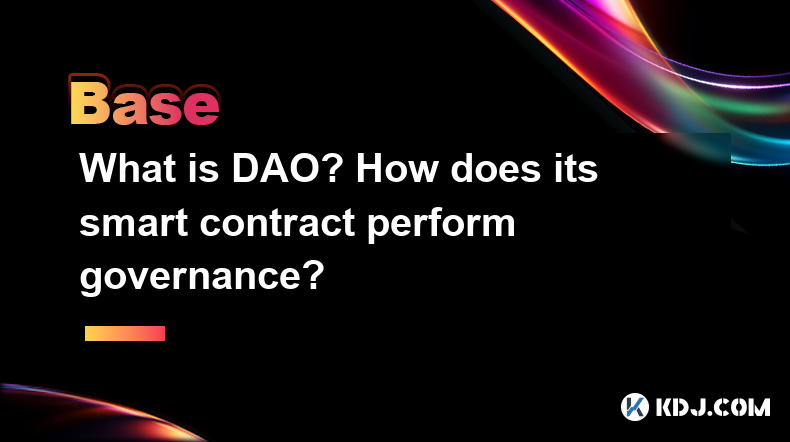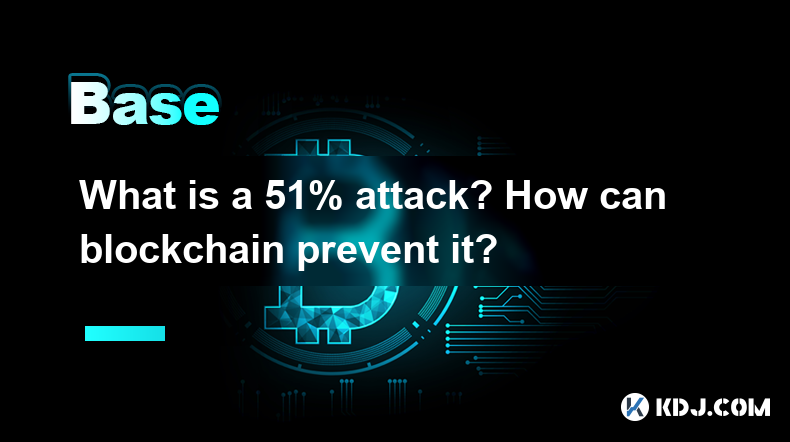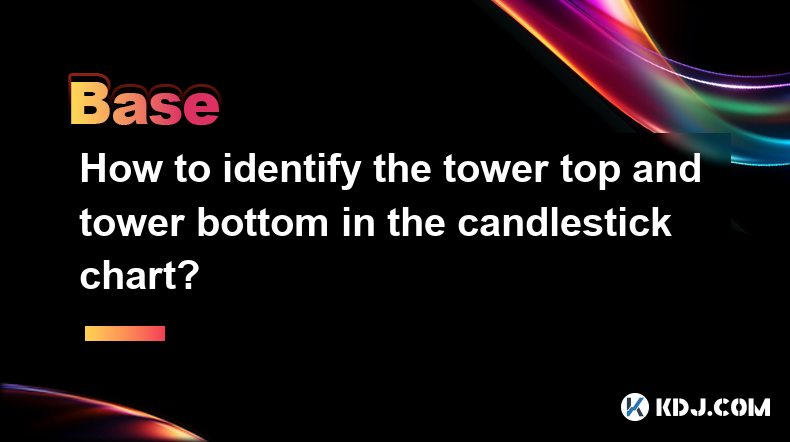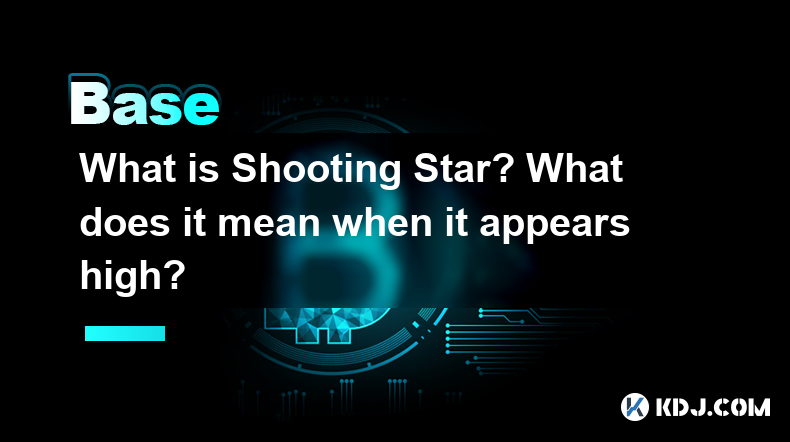-
 Bitcoin
Bitcoin $81,899.5591
-5.17% -
 Ethereum
Ethereum $1,783.8667
-6.15% -
 Tether USDt
Tether USDt $0.9995
-0.03% -
 XRP
XRP $2.0489
-4.45% -
 BNB
BNB $587.4139
-2.79% -
 USDC
USDC $1.0001
0.02% -
 Solana
Solana $115.1373
-11.64% -
 Dogecoin
Dogecoin $0.1587
-8.43% -
 Cardano
Cardano $0.6385
-6.91% -
 TRON
TRON $0.2360
-1.08% -
 Toncoin
Toncoin $3.5760
-10.43% -
 UNUS SED LEO
UNUS SED LEO $9.3901
-0.32% -
 Chainlink
Chainlink $12.6219
-9.38% -
 Stellar
Stellar $0.2577
-4.87% -
 Avalanche
Avalanche $18.0492
-6.87% -
 Sui
Sui $2.2219
-9.39% -
 Shiba Inu
Shiba Inu $0.0...01218
-3.70% -
 Hedera
Hedera $0.1604
-7.08% -
 Polkadot
Polkadot $4.0288
-2.51% -
 Litecoin
Litecoin $82.2067
-5.10% -
 MANTRA
MANTRA $6.4186
1.43% -
 Bitcoin Cash
Bitcoin Cash $294.8176
-4.96% -
 Dai
Dai $0.9999
0.02% -
 Bitget Token
Bitget Token $4.4550
-3.01% -
 Ethena USDe
Ethena USDe $0.9995
-0.03% -
 Pi
Pi $0.5875
-13.39% -
 Monero
Monero $209.7409
-4.91% -
 Hyperliquid
Hyperliquid $11.2789
-16.95% -
 Uniswap
Uniswap $5.7386
-7.48% -
 Aptos
Aptos $5.0040
-7.56%
What is DAO? How does its smart contract perform governance?
DAOs use smart contracts to automate governance, allowing members to vote on proposals that, if passed, execute changes transparently on the blockchain.
Apr 01, 2025 at 09:08 pm

Understanding Decentralized Autonomous Organizations (DAOs)
A Decentralized Autonomous Organization (DAO) is a community-led entity governed by rules encoded in smart contracts. Unlike traditional organizations with centralized control, DAOs operate transparently on a blockchain, allowing members to participate in decision-making processes directly. This decentralized structure eliminates the need for intermediaries, fostering trust and efficiency. Members typically hold tokens that grant them voting rights proportional to their holdings. The smart contracts automate the execution of decisions, ensuring that governance is both transparent and secure.
Smart Contract Governance in DAOs: The Engine of Decentralization
The core of a DAO's functionality lies within its smart contracts. These self-executing contracts define the organization's rules, including membership criteria, voting mechanisms, and treasury management. Smart contracts automate the execution of proposals that have passed a vote, removing the need for human intervention and reducing the risk of corruption or bias. This automation is crucial for maintaining the DAO's decentralized nature and ensuring consistent operation.
How Smart Contracts Execute Governance in DAOs: A Step-by-Step Guide
The process of governance within a DAO, facilitated by smart contracts, generally follows these steps:
Proposal Submission: Members can submit proposals outlining changes to the DAO, such as allocating funds, amending rules, or initiating new projects. These proposals are typically accompanied by a detailed explanation and any necessary supporting documentation.
Proposal Review and Discussion: The community reviews and discusses the submitted proposal. This often involves open forums and discussions within the DAO's community channels. This allows members to express their opinions and raise any concerns.
Voting: Once the discussion period concludes, members vote on the proposal. The voting mechanism is defined within the DAO's smart contract and usually involves a simple majority or a weighted voting system based on token holdings.
Execution: If the proposal passes the required voting threshold, the smart contract automatically executes the changes outlined in the proposal. This could involve transferring funds, updating the DAO's rules, or initiating a new project.
Transparency and Auditability: All proposals, votes, and executions are recorded on the blockchain, providing complete transparency and auditability. This ensures that all actions are verifiable and accountable.
Deeper Dive into Smart Contract Functionality in DAO Governance
The smart contracts governing a DAO aren't monolithic entities; they often comprise multiple interconnected contracts, each handling a specific aspect of the DAO's operations. For instance, one contract might manage the DAO's treasury, while another handles voting processes. This modular design enhances flexibility and maintainability.
The specific functionalities of these contracts vary depending on the DAO's structure and objectives. Some common functionalities include:
Membership Management: Managing the addition and removal of members, often based on token ownership or other predefined criteria.
Treasury Management: Controlling the DAO's funds, including receiving donations, allocating budget, and managing investments.
Voting Mechanisms: Implementing various voting schemes, such as simple majority voting, weighted voting, or quadratic voting.
Dispute Resolution: Defining mechanisms for resolving disputes among members, potentially involving arbitration or other forms of conflict resolution.
Upgradeability: Allowing for future upgrades and modifications to the DAO's smart contracts, ensuring adaptability to evolving needs.
Security Considerations in DAO Smart Contracts
The security of the smart contracts is paramount to the DAO's success. Vulnerabilities in the smart contracts can expose the DAO to attacks, such as theft of funds or manipulation of governance processes. Therefore, rigorous auditing and testing are crucial before deploying the smart contracts. Experienced developers specializing in blockchain security should be involved in the development and deployment process. Regular security audits and updates are also essential to mitigate emerging threats.
Different Types of DAO Governance Models
DAOs can implement various governance models, each with its own strengths and weaknesses. Some common models include:
Token-Weighted Voting: Members' voting power is directly proportional to the number of tokens they hold.
Quadratic Voting: Allows members to allocate votes across multiple proposals, giving more weight to proposals with broader support.
Liquid Democracy: Members can delegate their voting rights to other trusted members.
Constitutionally Defined Governance: The rules are encoded in the smart contract, with limited ability for modification.
Common Questions and Answers
Q: What are the advantages of using DAOs?
A: DAOs offer transparency, automation, community-driven decision making, and reduced reliance on centralized authorities.
Q: What are the risks associated with DAOs?
A: Risks include smart contract vulnerabilities, governance challenges, and the potential for malicious actors to exploit the system.
Q: How can I participate in a DAO?
A: Participation usually involves acquiring the DAO's governance token and actively participating in discussions and voting processes. Specific methods vary by DAO.
Q: Are DAOs regulated?
A: The regulatory landscape for DAOs is still evolving and varies by jurisdiction. There is currently no universal regulatory framework.
Q: What is the future of DAOs?
A: The future of DAOs is uncertain, but they hold potential for transforming various sectors, including finance, governance, and social organizations. Technological advancements and regulatory clarity will shape their future development.
Disclaimer:info@kdj.com
The information provided is not trading advice. kdj.com does not assume any responsibility for any investments made based on the information provided in this article. Cryptocurrencies are highly volatile and it is highly recommended that you invest with caution after thorough research!
If you believe that the content used on this website infringes your copyright, please contact us immediately (info@kdj.com) and we will delete it promptly.
- Builder: Stu
- 2025-04-04 03:25:12
- PayPal Adds Solana (SOL) and Chainlink (LINK) to Its Supported Cryptocurrencies
- 2025-04-04 03:25:12
- Recent Price Action Shows Signs of Recovery
- 2025-04-04 03:20:12
- Standard Chartered (AVAX)
- 2025-04-04 03:20:12
- WisdomTree Expands Its Institutional Tokenization Platform to 13 Funds
- 2025-04-04 03:15:12
- PEPE hopped its way to a $3.8M market cap, but its reign as a meme coin darling is fading. Enter InfluencerPepe (INPEPE)
- 2025-04-04 03:15:12
Related knowledge

Why is the oracle called the bridge between blockchain and the real world?
Apr 04,2025 at 04:00am
The concept of an oracle in the cryptocurrency and blockchain world is crucial for understanding how these decentralized systems interact with external data. The oracle is often referred to as the bridge between blockchain and the real world because it serves as a vital intermediary that fetches, verifies, and transmits off-chain data to the on-chain en...

What is a 51% attack? How can blockchain prevent it?
Apr 04,2025 at 02:08am
A 51% attack is a significant threat to the security and integrity of a blockchain network. In this type of attack, a single entity or group gains control of more than half of the network's mining power or hash rate. This control allows the attacker to manipulate the blockchain by double-spending coins, preventing the confirmation of new transactions, o...

Why can the inverted hammer shape appear at the bottom be used as a reversal signal?
Apr 03,2025 at 04:07pm
Inverted Hammer is a common K-line pattern in technical analysis, and is often regarded as a potential reversal signal when it appears at the bottom. This article will explore in detail why an inverted hammer line may be a reversal signal when it appears at the bottom, and provide specific identification and application methods. Basic characteristics of...

How to identify the tower top and tower bottom in the candlestick chart?
Apr 03,2025 at 04:03pm
In K-line chart analysis, 'Tower Top' and 'Tower Bottom' are two important reversal patterns and are usually used to predict changes in price trends. Identifying these patterns requires careful observation of the price trend and the pattern characteristics of the K-line. Below we will introduce in detail how to identify the 'tower to...

What is Shooting Star? What does it mean when it appears high?
Apr 03,2025 at 03:56pm
In cryptocurrency trading, technical analysis is an important tool to help traders predict future trends of the market. Among them, Shooting Star is a common bearish reversal pattern. This article will give you more details on what 'Shooting Star' is and what it means when it appears at a high level. The definition of 'Shooting Star'Shoo...

What is the difference between dark cloud cover and piercing shape?
Apr 03,2025 at 03:50pm
In the world of cryptocurrency trading, technical analysis is one of the important tools traders use to predict market trends and make trading decisions. Among them, 'Dark Cloud Cover' and 'Piercing Pattern' are two common reversal patterns, which have specific appearance and meaning on the K-line chart. Although they seem similar, there...

Why is the oracle called the bridge between blockchain and the real world?
Apr 04,2025 at 04:00am
The concept of an oracle in the cryptocurrency and blockchain world is crucial for understanding how these decentralized systems interact with external data. The oracle is often referred to as the bridge between blockchain and the real world because it serves as a vital intermediary that fetches, verifies, and transmits off-chain data to the on-chain en...

What is a 51% attack? How can blockchain prevent it?
Apr 04,2025 at 02:08am
A 51% attack is a significant threat to the security and integrity of a blockchain network. In this type of attack, a single entity or group gains control of more than half of the network's mining power or hash rate. This control allows the attacker to manipulate the blockchain by double-spending coins, preventing the confirmation of new transactions, o...

Why can the inverted hammer shape appear at the bottom be used as a reversal signal?
Apr 03,2025 at 04:07pm
Inverted Hammer is a common K-line pattern in technical analysis, and is often regarded as a potential reversal signal when it appears at the bottom. This article will explore in detail why an inverted hammer line may be a reversal signal when it appears at the bottom, and provide specific identification and application methods. Basic characteristics of...

How to identify the tower top and tower bottom in the candlestick chart?
Apr 03,2025 at 04:03pm
In K-line chart analysis, 'Tower Top' and 'Tower Bottom' are two important reversal patterns and are usually used to predict changes in price trends. Identifying these patterns requires careful observation of the price trend and the pattern characteristics of the K-line. Below we will introduce in detail how to identify the 'tower to...

What is Shooting Star? What does it mean when it appears high?
Apr 03,2025 at 03:56pm
In cryptocurrency trading, technical analysis is an important tool to help traders predict future trends of the market. Among them, Shooting Star is a common bearish reversal pattern. This article will give you more details on what 'Shooting Star' is and what it means when it appears at a high level. The definition of 'Shooting Star'Shoo...

What is the difference between dark cloud cover and piercing shape?
Apr 03,2025 at 03:50pm
In the world of cryptocurrency trading, technical analysis is one of the important tools traders use to predict market trends and make trading decisions. Among them, 'Dark Cloud Cover' and 'Piercing Pattern' are two common reversal patterns, which have specific appearance and meaning on the K-line chart. Although they seem similar, there...
See all articles






















































































